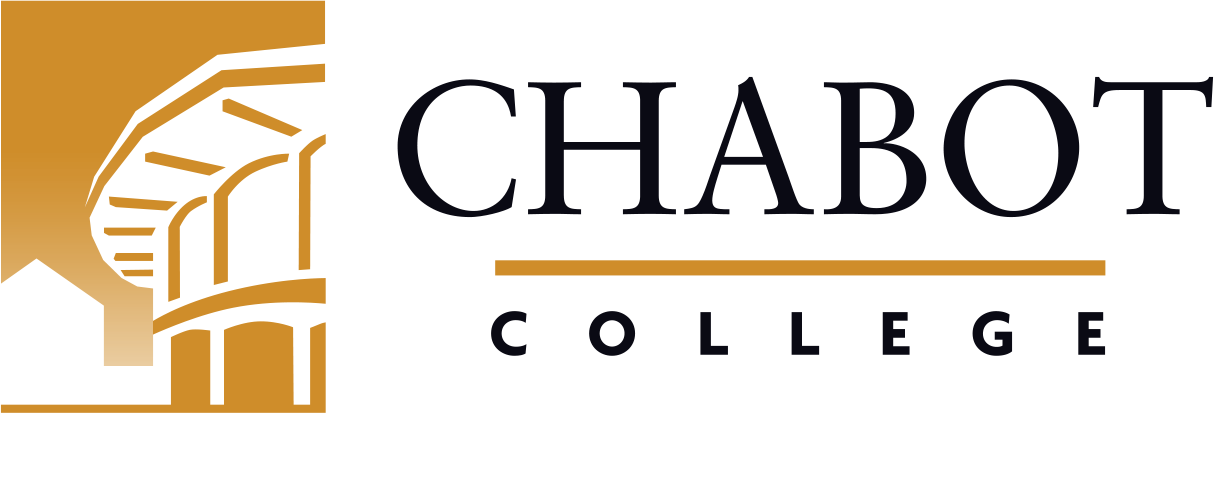
Course Outline for Dental Hygiene 51
General and Oral Pathology
Effective: Fall 2024
SLO Rev:
SLO Rev:
Catalog Description:
DHYG 51 - General and Oral Pathology
4.00 Units
Oral pathology and dysfunctions of systems of the body which directly affect the oral cavity. Significance of oral and general pathology in relationship to treatment by the dental hygienist. Relationship of oral and general pathology related to the disease process.
Corequisite: Current enrollment in the Dental Hygiene Program
1240.20 - Dental Hygienist*
Letter Grade Only
| Type | Units | Inside of Class Hours | Outside of Class Hours | Total Student Learning Hours |
|---|---|---|---|---|
| Lecture | 4.00 | 72.00 | 144.00 | 216.00 |
| Total | 4.00 | 72.00 | 144.00 | 216.00 |
Measurable Objectives:
Upon completion of this course, the student should be able to:
- use specific, appropriate vocabulary in describing oral conditions;
- describe the process of disease;
- list and describe developmental disturbances of oral and perioral structures;
- list and describe pulp and periapical disease as sequelae to dental caries;
- discuss etiology, classification and treatment of oral cysts and tumors;
- describe the methods of biopsy;
- describe clinically the degeneration and regeneration processes associated with pathological responses in the oral cavity;
- describe and discuss benign and malignant osseous lesions of the jaws;
- recognize and describe metabolic and genetic diseases pertinent to dentistry and dental hygiene;
- describe common odontogentic tumors;
- describe the clinical manifestation of selected bacterial and viral infections;
- identify etiological factors related to development of AIDS;
- describe and identify immune-mediated disorders pertinent to dentistry and dental hygiene;
- identify etiological factors related to development of oral cancer;
- discuss dental hygiene therapy for the irradiated patient;
- describe and identify connective tissue disorders in the oral cavity;
- describe and identify salivary gland disorders;
- discuss diseases of the blood;
- recognize and describe oral manifestations of chemical and traumatic injuries;
- identify the role of the dental hygienist in documentation of referral for oral lesions and systemic diseases;
- discuss the adaptation of treatment by the dental hygienist in the presence of oral lesions and systemic disease.
Course Content:
- A descriptive vocabulary of general and oral pathology
- Define terminology related to general and oral pathology
- General principles of disease
- Discuss processes related to the inflammatory process
- The inflammatory process
- Identify and describe the differences between the inflammatory process and immune response
- Identify and discuss cells involved in each process
- Identify and describe the differences between the inflammatory process and immune response
- Neoplasia and disturbance of growth
- Describe and discuss neoplasias related to bony structures within the oral cavity
- Discuss and describe tumors related to the oral cavity
- Caries and sequelae of periapical disease
- Describe and discuss
- Infectious diseases
- Describe and discuss the different types of infections including: opportunistic infections, fungal infections, viral infections and infections related to immunodeficiency
- Describe clinically the degeneration and regeneration processed associated with pathological responses in the oral cavity;to the oral cavity
- Pathological responses in the oral cavity associated with degenerative and regenerative process
- Chemical and traumatic injuries
- Oral cysts, tumors and oral cancer
- Describe and discuss classification of tumors and how they are treated
- Describe and discuss developmental disorders related to the oral cavity
- AIDS
- Describe and discuss general and oral pathology related to the presence of HIV/AIDS
- Oral manifestations/clinical symptoms of diseases
- The irradiated patient
- Discuss and describe tissue and structural changes related to the administration of radiation therapy
- Dental hygienist's role in the recognition and referral for oral lesions
- Dental hygienist's role in the recognition and referral for systemic diseases
Methods of Instruction:
- Lectures
- Presentation of audio-visual materials
- Class and group discussions
- Case Study
Assignments and Methods of Evaluating Student Progress:
- Identify lesions as presented in a case study. Write a brief synopsis of the characteristics of the lesion and/or systemic pathology.
- Develop a case presentation/documentation.
- Lightning Talk on a neoplastic lesion
- Written chapter assignments
- Quizzes
- Midterm Examination
- Final Examination
- Critical thinking exercises
- Class Participation
Upon the completion of this course, the student should be able to:
- Identify and describe developmental disturbances, periapical disease, and oral lesions of the oral cavity
- Identify and describe oral manifestations of chemical and traumatic injuries, and systemic, immune, metabolic and genetic disorders, related to the oral cavity
- Identify and discuss adaptation of treatment, documentation, and referral for oral lesions, related to dental hygiene care
Textbooks (Typical):
- DeLong BS MHA, Leslie, and Nancy Burkhart BSDH MEd EdD. (2020). General and Oral Pathology for the Dental Hygienist (3rd). Lippincott, Williams, & Wilkins.
- Darby, Michele and Margaret M. Walsh (2020). Dental Hygiene Theory and Practice (5th). Evolve/Elsevier.
Abbreviated Class Schedule Description:
Oral pathology and dysfunctions of systems of the body which directly affect the oral cavity. Significance of oral and general pathology in relationship to treatment by the dental hygienist.
Corequisite: Current enrollment in the Dental Hygiene Program
Discipline:
Dental Technology